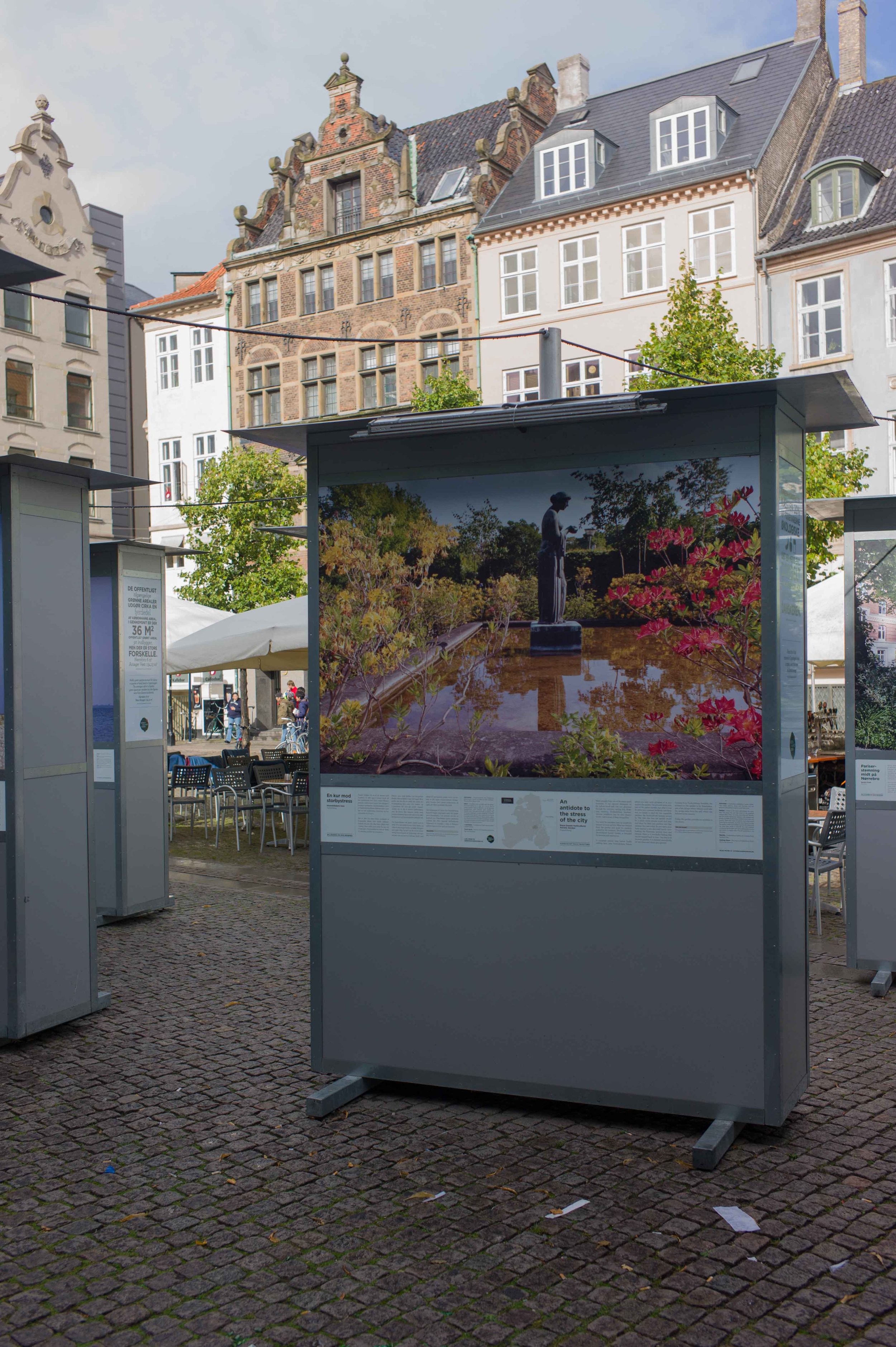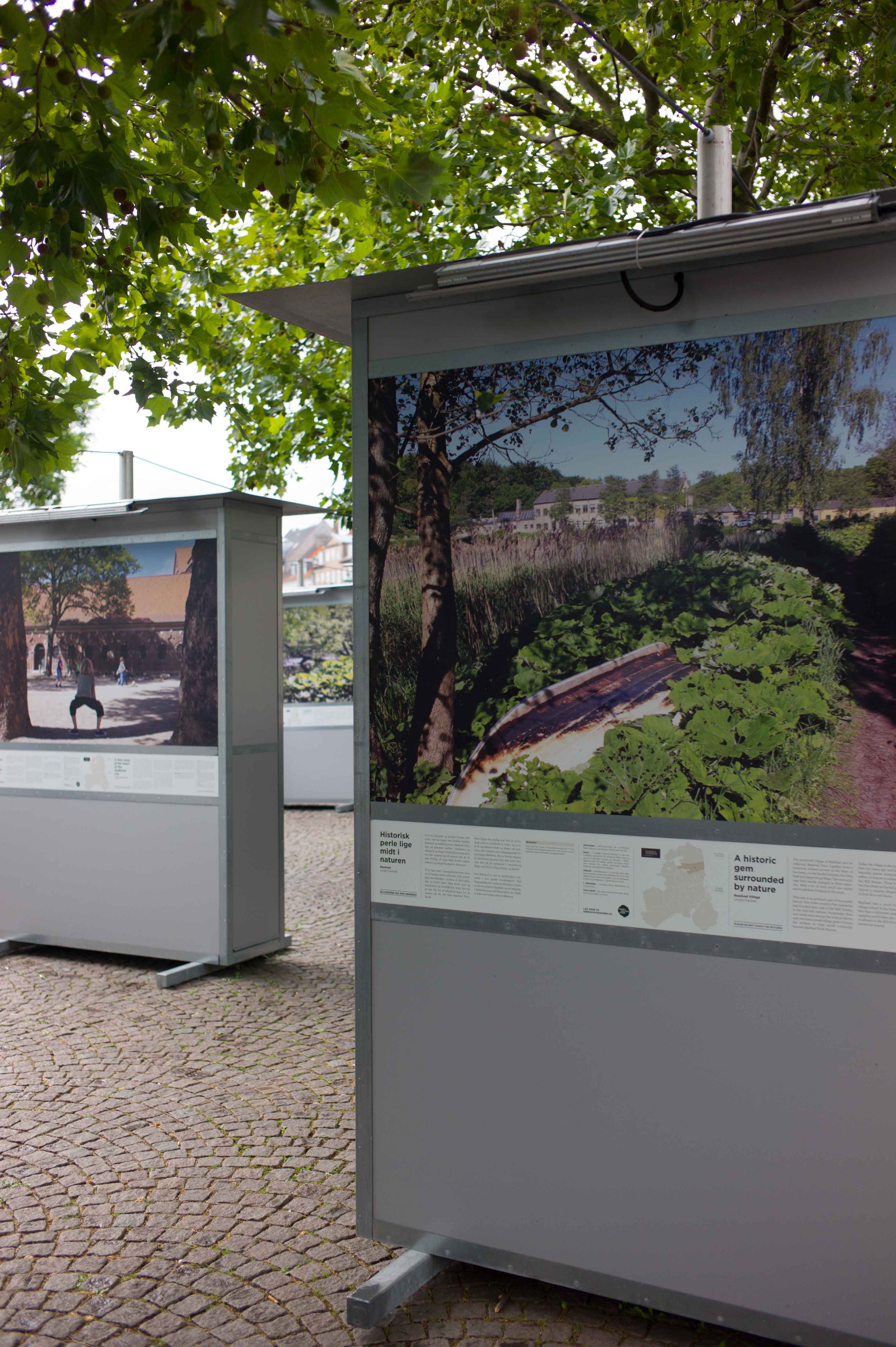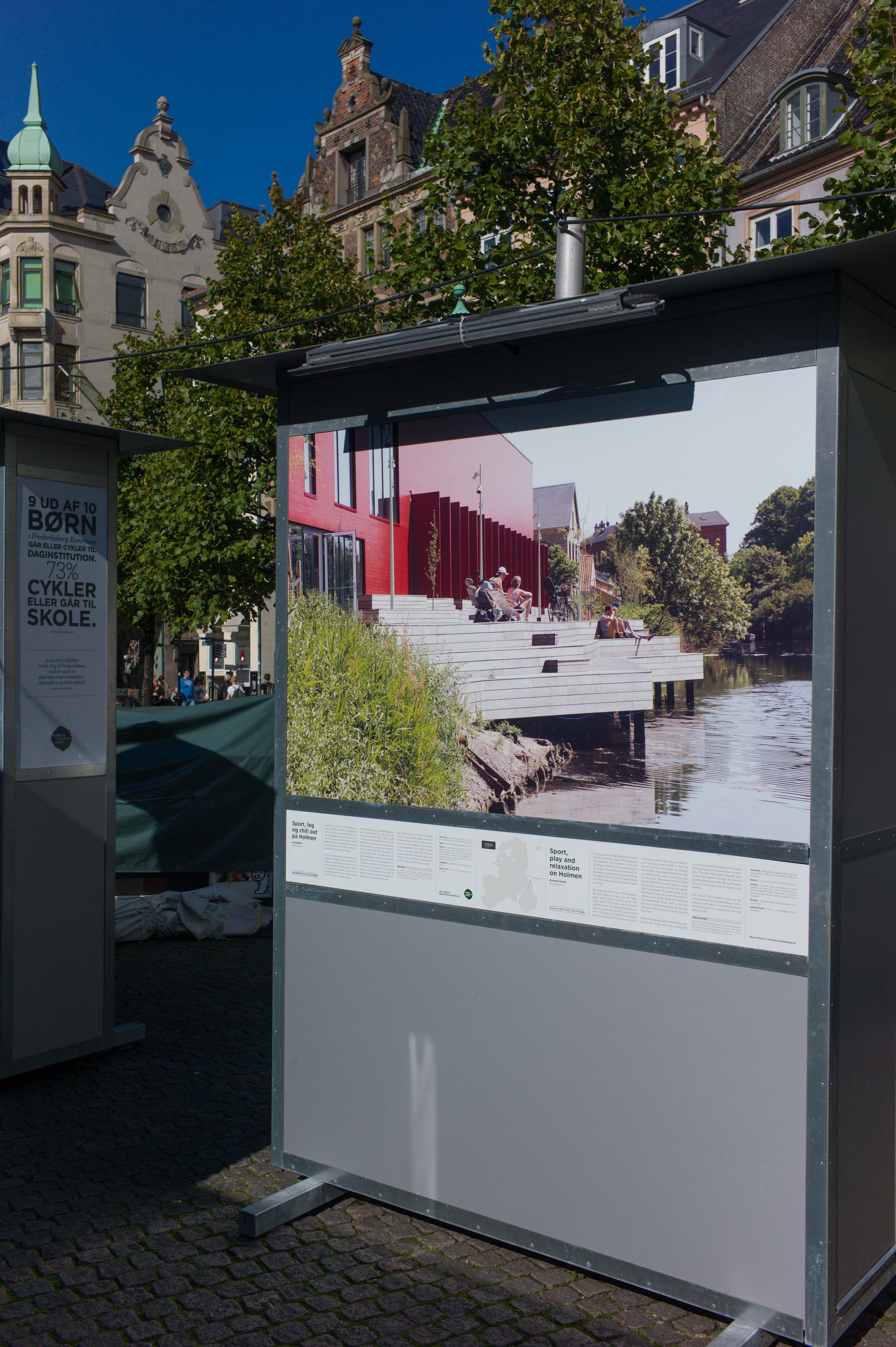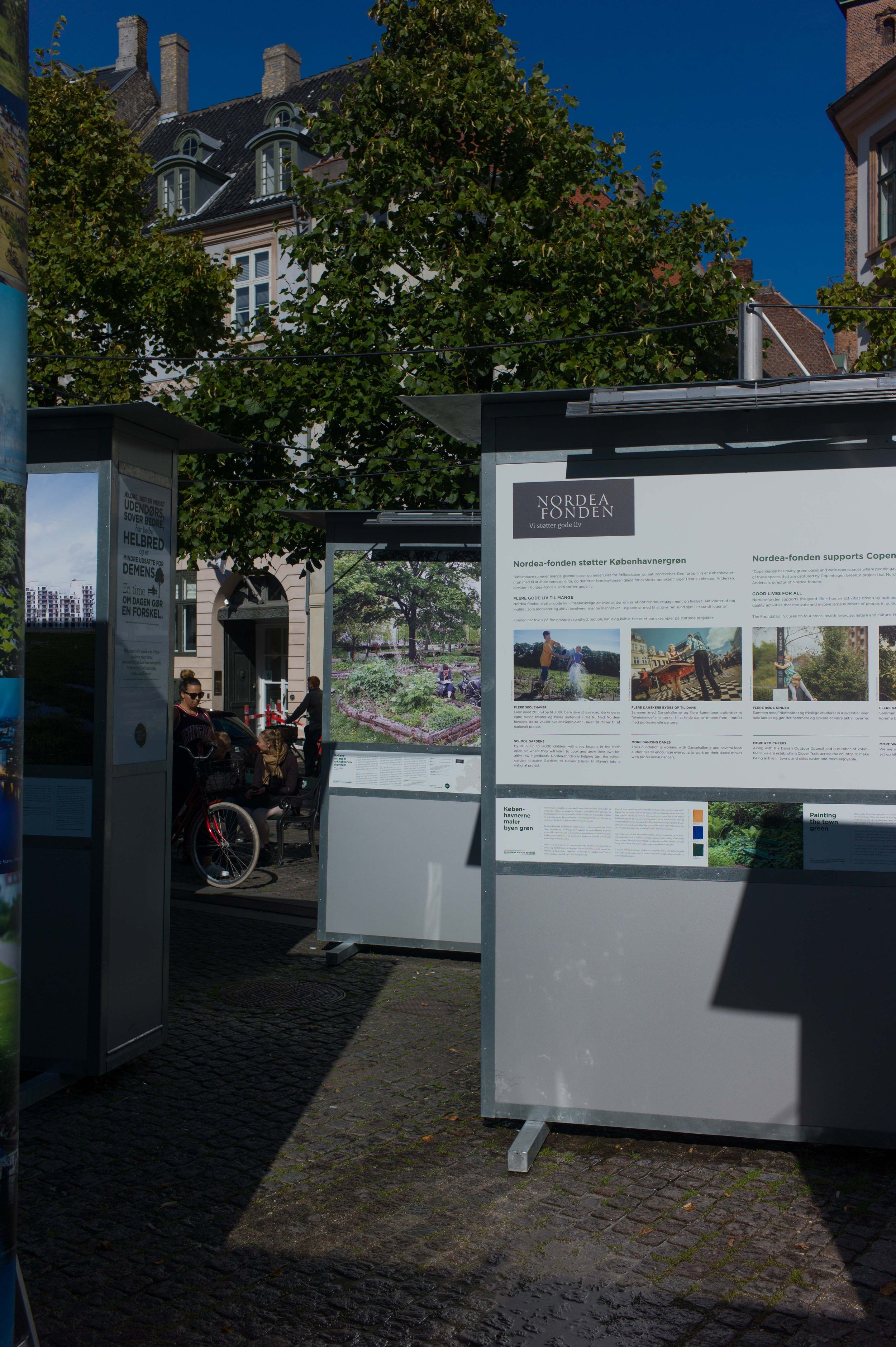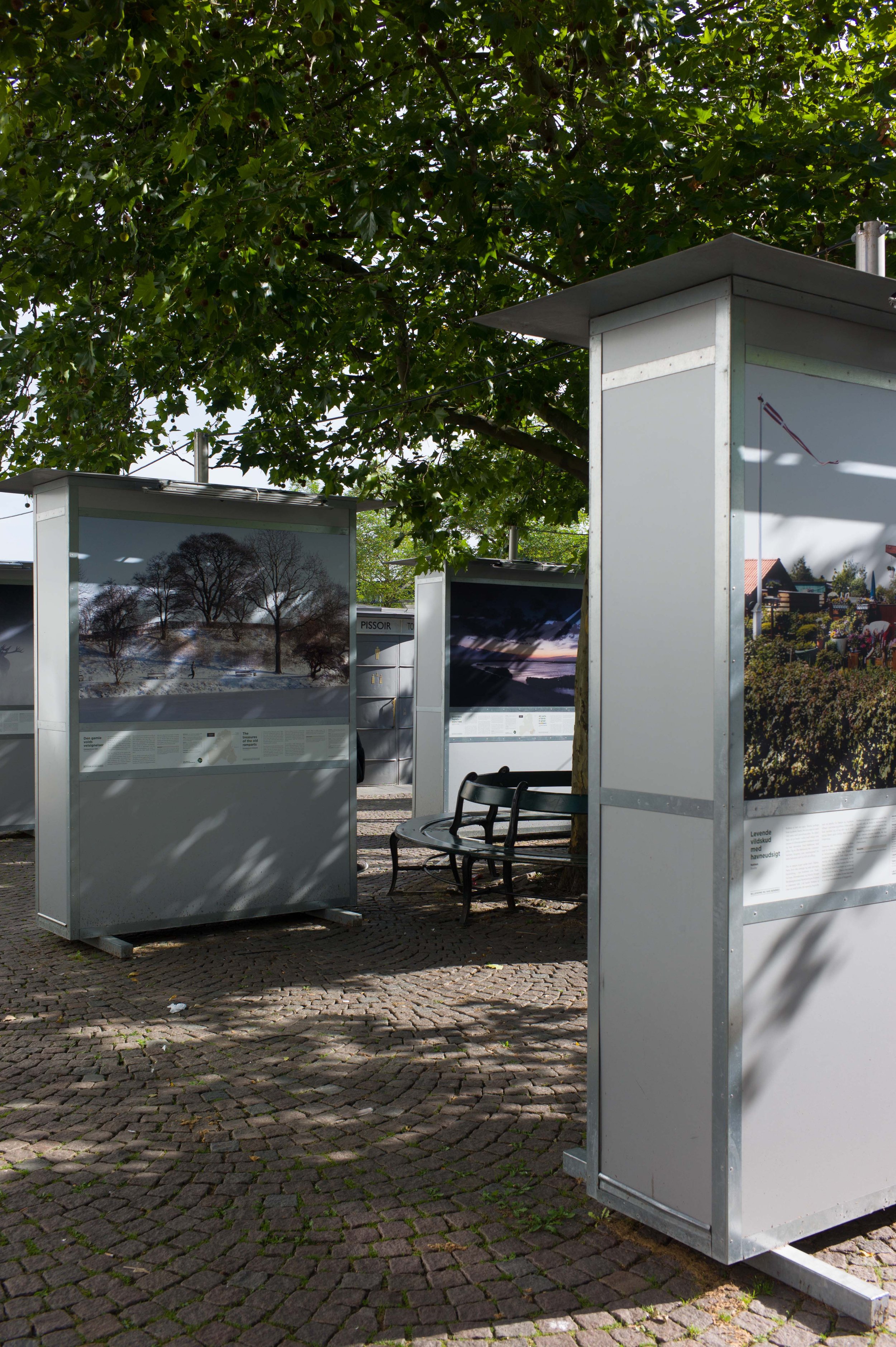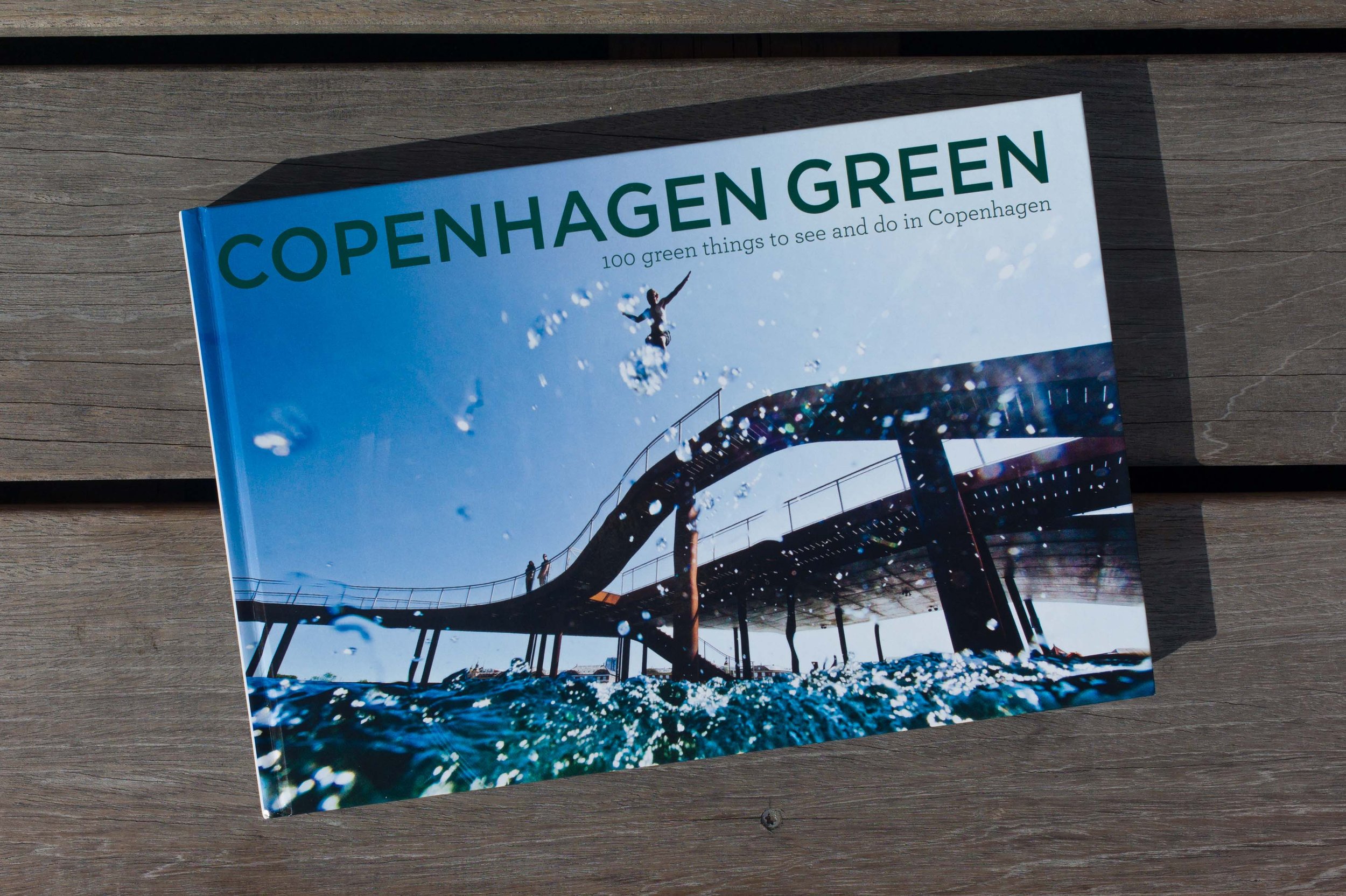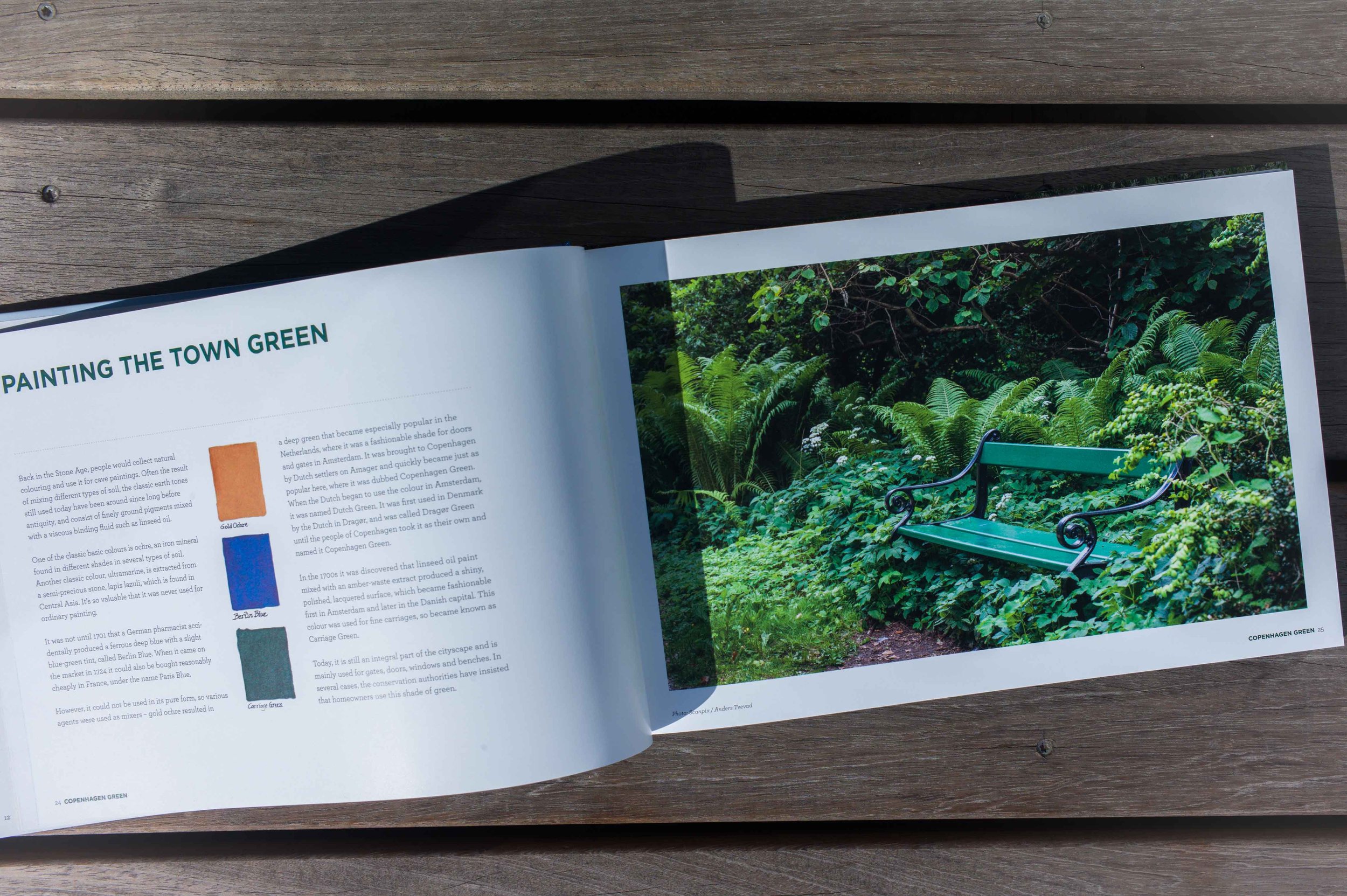Copenhagen Green
/Last Summer there was an outdoor exhibition of photographs on Nytorv in Copenhagen, the large square in front of the old 18th-century town hall, and then later, from the middle of August, it was moved to the other end of the Walking Street onto Højbro Plads where it remained until the end of October.
The aim of the exhibition was to “strike a blow for the good city life and for the city’s green and sustainable places.” Photographs selected showed 100 sites around and just outside the city and showed all seasons … so from well-used public spaces like Frederiksberg Have (Frederiksberg Gardens) and the Søerne or lakes, that arc around the city centre to the west and north, to less well-known areas of green and planting like Kineserbyen (or the Yellow Town) and roof-top vegetable gardens of Østerbro and from the Spring blossom of Bispebjerg Kirkegård (cemetry) to the Winter frost covering Pinseskoven forest.
The photographs were stunning, particularly at the size they were printed, but the information and back stories of the long labels were also interesting and important … for instance there was one photograph and panel about the history of the distinct dark green paint used in the city for gates, doors, windows and benches.
There were clear location maps for finding the places profiled.
A book was published to accompany the exhibition, Copenhagen Green - 100 green things to see and do in Copenhagen, by Susanne Trier Norden and Poul Arnedal, for Foreningen By&Natur (June 2014)
There is also a fantastic web site, Discover Green Places in Copenhagen, with all the photographs and text but also additional maps and route directions ... you can browse from your armchair or plan a tour or start from where you are, if you are in Copenhagen, and look for nearby places and use the map and route directions to explore the city.

